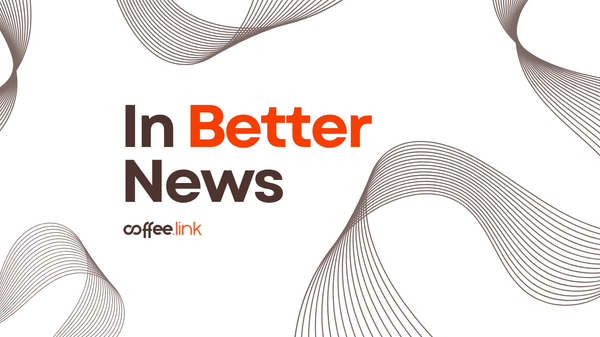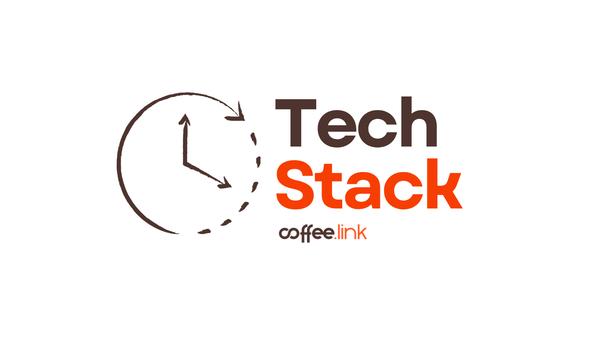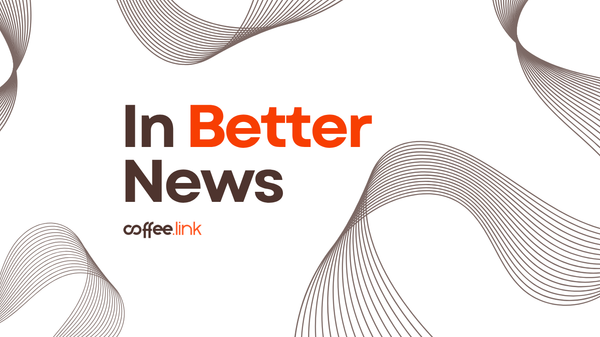As the world continues to adapt to the post-pandemic landscape, remote work remains a significant and evolving aspect of our daily lives. Companies and employees alike are navigating the complexities of maintaining productivity, ensuring work-life balance, and fostering a collaborative work environment. This article explores the current state of remote work, the benefits and challenges it presents, and the innovative solutions being implemented to create a sustainable future for remote employment.
The Rise of Hybrid Work Models
One of the most notable trends in the remote work era is the adoption of hybrid work models. These models combine the flexibility of remote work with the collaborative benefits of in-office interactions. According to a recent report by McKinsey & Company, many organizations are moving towards hybrid work arrangements, allowing employees to split their time between home and the office. This approach aims to leverage the best of both worlds, enhancing productivity and employee satisfaction (coffee.link).
Benefits of Remote Work
Remote work has brought numerous advantages to both employees and employers. For employees, it offers greater flexibility, reduced commuting time, and the ability to create a personalized work environment. A study by Buffer found that 98% of remote workers would like to continue working remotely, at least some of the time, for the rest of their careers (coffee.link).
For employers, remote work can lead to cost savings on office space and utilities, as well as access to a broader talent pool. Additionally, a remote work setup can increase employee retention and attract top talent who prioritize flexibility in their job search.
Challenges and Solutions
Despite its benefits, remote work also presents several challenges. One of the primary concerns is maintaining effective communication and collaboration among team members. Tools like Zoom, Slack, and Microsoft Teams have become essential in bridging this gap, allowing for real-time communication and project management.
Another challenge is ensuring employee well-being and preventing burnout. The blurred lines between work and personal life can lead to longer working hours and increased stress. Employers are addressing this issue by promoting regular breaks, encouraging time off, and providing resources for mental health support.
Innovative Approaches to Remote Work
To tackle the challenges of remote work, companies are exploring innovative solutions. For example, asynchronous communication, where team members contribute to discussions and projects at different times, is gaining popularity. This approach accommodates diverse time zones and work schedules, fostering inclusivity and reducing the pressure to be constantly available.
Furthermore, companies are investing in virtual team-building activities and remote-friendly employee engagement programs. These initiatives help create a sense of community and belonging, which is crucial for maintaining morale and motivation in a remote setting.
The Role of Technology
Technology plays a pivotal role in the success of remote work. Advances in AI and machine learning are being leveraged to enhance productivity and streamline workflows. For instance, AI-driven project management tools can automate routine tasks, allowing employees to focus on more strategic and creative aspects of their work.
Additionally, virtual reality (VR) and augmented reality (AR) are emerging as tools to facilitate immersive remote collaboration. VR meetings can simulate the experience of being in a physical office, helping to bridge the gap between remote and in-person interactions (coffee.link) (coffee.link).
Looking Ahead
The future of remote work is dynamic and continues to evolve as organizations experiment with different models and strategies. The key to success lies in balancing flexibility with structure, ensuring that employees have the tools and support they need to thrive in a remote environment.
As we move forward, it is clear that remote work is here to stay. By embracing innovation and prioritizing employee well-being, companies can create a sustainable and productive remote work culture that benefits everyone.








